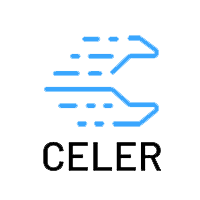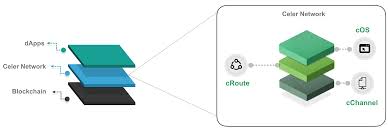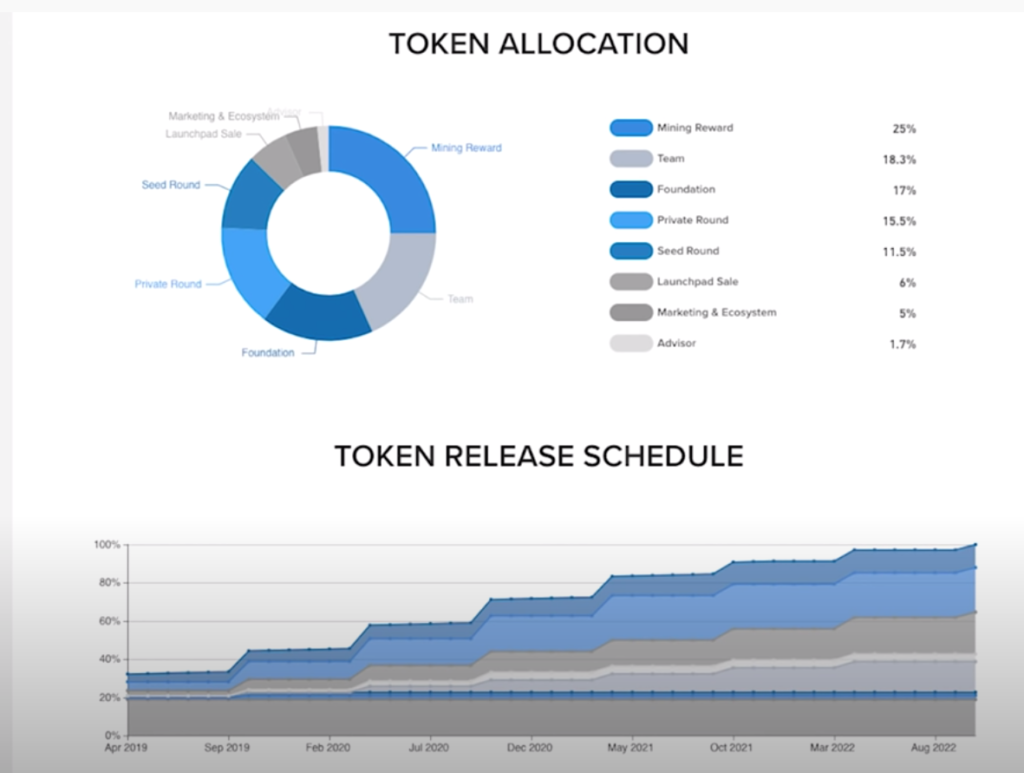
Celer Network is an off-chain layer 2 scaling platform, that is blockchain agnostic. It can be thought of as a programmable, smart contract, lightning network. Celer can theoretically achieve an infinite level of scalability on the second layer. The Celer team describes the project as, the most advanced state channel, with a full stack solution.
- (*note: a state channel is the same as a payment channel. The Bitcoin lightning network is based on payment channels.)
Celer has an innovative token model and crypto-economic system, called the cEconomy. The cEconomy solves the liquidity and availability problems that occur, when bringing transactions to the second layer. The team focused on building out layer 2, because they felt on-chain scaling had limitations, and not every transaction needed to be broadcast to the main chain. The team believes they can enable blockchain to match the speed of the internet, bringing mass adoption, and enabling vast new use cases.
Celer will allow low latency applications to run, with a high level of value transfer. This has implications for: micro-payments, decentralized exchanges, prediction markets, and gaming. Recently, Celer Network launched the first e-sports gaming platform. Their mainnet 1.0 will be launched towards the end of 2020, and will allow staking of the CELR token.
Celer is based in San Fransisco, and has top financial backers including: Pantera Capital, Arrington XRP Capital, FBG Capital.
- Here is the Celer whitepaper. Here is the roadmap.
Why Scale on Layer 2?
The Celer Network works to empower layer one, NOT to compete with it! Co-founder Mo Dong, states that layer one will always have scaling problems, due to the consensus required between multiple machines. Layer one performance, will always be restricted by the slowest performing node. For this reason, the team decided to move to the second layer to circumvent the cost, speed, and overhead of consensus on layer one. The cost for a Celer layer 2 transaction is about 100x smaller, than a layer one transaction!
BUT, there are always trade-offs. Layer 2 solutions like Celer Network improve speed, at the consequence of liquidity and availability. Moving off-chain causes liquidity problems, as state channels “require deposits to be locked on-chain as network liquidity.” To deal with the liquidity issues, the Celer team developed an innovative economic system called the cEconomy. With the cEconomy, CELR stakers can earn rewards by providing the needed liquidity to open state channels.
Off-chain scaling also sacrifices availability. This is why the State Guardian Network was developed. The SGN stores the state, so it can be accessed when a user is off-line, or unavailable. The state guardian network (SGN) is a specialized side-chain that backs-up data states, resolves disputes, receives off-chain transactions, and records player moves.
Other risks with off-chain transactions include: data loss, malicious disputes between peers on side-chain, peers must always be online. The team mitigates these problems with the state guardian network.
Three Components of the cEconomy
cEconomy – The cEconomy was developed to help dapp providers open state channels, without providing the necessary capital themselves. In order for a provider to open a state channel, they must lock up deposits. In the cEconomy, token holders can contribute some of this liquidity, in exchange for CELR rewards. Celer Network has created an innovative token model and the cEconomy, to lower the liquidity barrier to entry for dapps, and incentivize good behavior. There are three aspects to the cEconomy: Proof of Liquidity Mining, Liquidity Backing Auctions, and the State Guardian Network.
Proof of Liquidity Commitment Mining – This allows service providers to borrow funds from stakers, so they can open a state channel. In exchange for providing liquidity, stakers are rewarded with CELR tokens.
Liquidity Backing Auctions – Service providers can borrow liquidity from stakers, via an auction. A liquidity backer can submit a bid, which is ranked by a reliability score, and amount of CELR tokens staked. A higher reliability score, gives the staker a better chance to win the lending opportunity. These auctions help dapp creators provide services, without having to provide the upfront capital on their own. This solution was created, so whales don’t have to provide liquidity, which would be centralized.
State Guardian Network – The SGN is a special kind of side-chain, which helps guard a state for a user, in case one of them goes off-line. It brings the most recent state on-chain, when needed. The user pays a fee to the guardian for the service. Guardians are randomly accepted due to state hash, and responsibility score. The more a potential guardian stakes, the more likely they will be chosen. The guardian ensures that the data will be available when needed, as on-chain state storage is expensive. The SGN serves as cheap, off-chain state storage. It is a “connectivity oracle that is a compact side-chain, with plasma semantics”.
Reasons for the cEconomy – The cEconomy ensures an abundant liquidity pool, it lowers the barrier to becoming an off-chain service provider, it reduces centralization, improves network adoption, and takes transactions off-chain in a scalable incentivized manner.
The Celer Network Full-Stack

The Celer Network includes a full stack solution, which is called the cStack. It is composed of the cChannel, cRoute, cOS, and cEconomy. They created separate layers, so they can independently evolve. These layers serve as the raw material to build scalable applications. The cChannel is the combination of a generalized state channel and a side-chain suite. It enables payments, as well as smart contract transactions. It is the most basic component to build scalable apps. cRoute routes payments through the network. cOS is run-time system. The cEconomy provides the needed liquidity to open state channels. This layered architecture, allows Celer to tap into different blockchains and pursue different use cases, with scalability.
Celer Network Partnerships
Celer has partnerships with multiple blockchains, like NEO and Bytom. They are also working to speed-up blockchain gaming dapps with partners like: Cocos Blockchain Expedition and Mix Marvel.
They have a partnership with another 2nd layer scaling project called Matic, which is a developer focused on sharding. Sharding and state channel scaling solutions are complimentary to each other. Also, if Ethereum implements sharding, Celer will add additional improvements, not be replaced.
Celer has also created a partnership in the defi space with TROY. TROY trade is a decentralized exchange and asset manager.
CELR Supply, Token Allocation, and Token Release Schedule
CELR has a total supply of 10 billion, with 3.7 billion tokens currently released. The entire supply will be released by Aug. 2022 in the ratios below.

My Conclusions on Celer Network and Layer 2 Scaling
The CELER project is well thought-out, and developed by a smart, capable team. The cEconomy was planned so that the CELR token will have utility in the eco-system. Its demand and value will grow, as the network grows. CELR is needed to provide liquidity, and scale the network. Users can stake the CELR token to earn rewards for providing liquidity to off-chain service providers.
The total supply of 10 billion tokens, will be released over the next two years. If the project is successful, the CELR tokens should gain value and demand as the network is utilized. I do have some concerns about about the CELR token value in the short term, as billions of tokens will be released in the next two years. BUT, if the technology gains adoption, many tokens will be locked up for staking, as they will be needed to provide liquidity for the state channels. Also, this project is blockchain agnostic, so it can scale many blockchain projects, even beyond the ETH network.
Second layer scaling technologies will be essential to the crypto economy in the near future, as ETH 2.0 won’t be fully implemented for another 2 years. These projects will bring improved speed and lower transaction costs to the eco-system. Layer 2 scaling projects are a category to watch, as blockchain becomes utilized. As mainstream adoption begins, projects like Loopring, Celer Network, Matic, OMG, and xDai will become essential to scale blockchain for world-wide usage.
If you liked this article, please follow me @defipicks